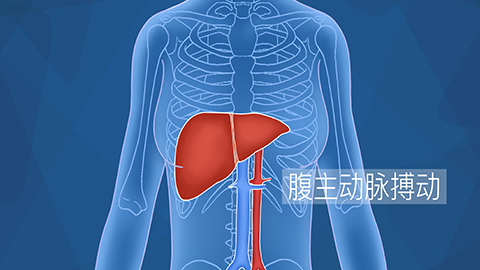What does acute aortic dissection mean?
Generally, acute aortic dissection, medically known as aortic dissection, is a severe and potentially life-threatening cardiovascular emergency. Detailed analysis is as follows:

Acute aortic dissection refers to a tear in the inner membrane of the aortic wall, allowing blood to surge into the space between the inner and outer layers, forming a false lumen and causing the blood vessel wall to separate. Common causes include long-term hypertension eroding the vessel walls, congenital structural abnormalities of the aorta, traumatic injury to the vessels, hormonal changes during pregnancy affecting vascular elasticity, and age-related decline in vessel wall elasticity. These factors compromise the stability of the aortic wall, making the inner layer prone to rupture and subsequent dissection.
When sudden severe chest or back pain, difficulty breathing, dizziness, or other symptoms occur, immediate medical attention is necessary to avoid treatment delays. In daily life, blood pressure should be maintained within a normal range, strenuous exercise and emotional excitement should be avoided, vascular health should be monitored regularly, and individuals with relevant medical histories must strictly follow medical advice regarding medication and follow-up examinations.






